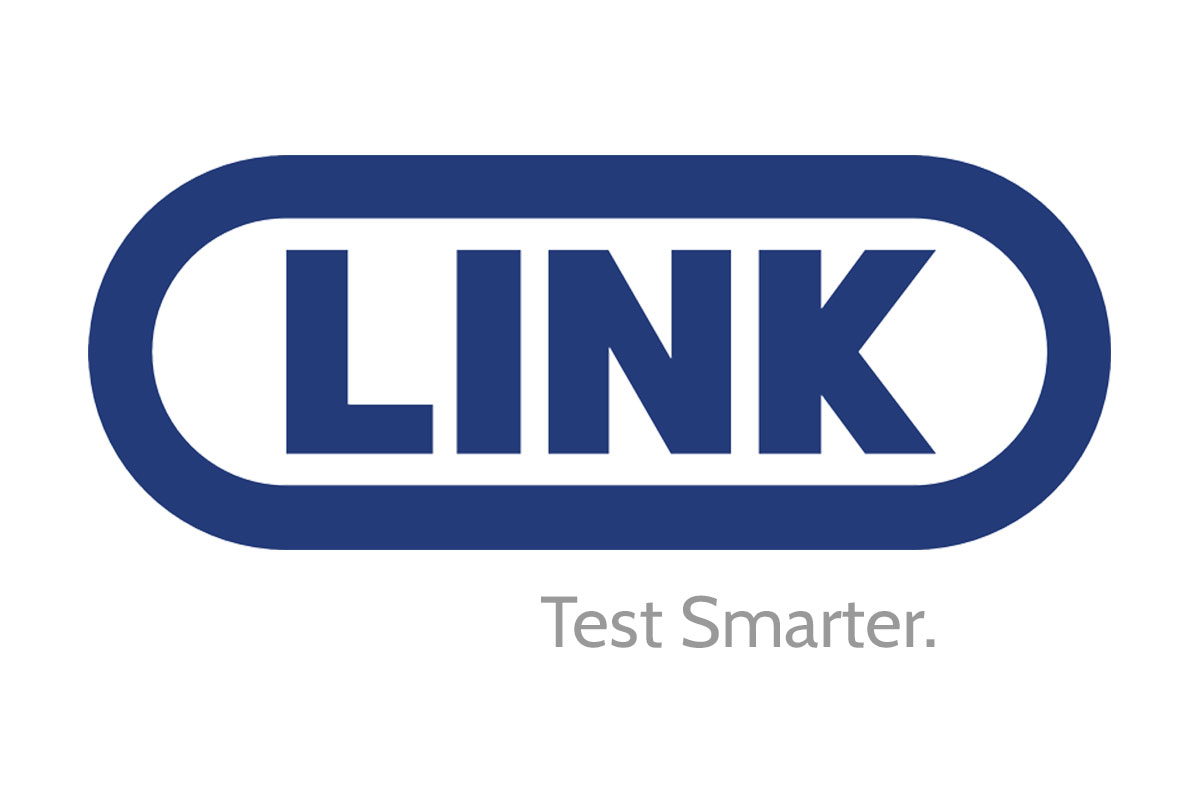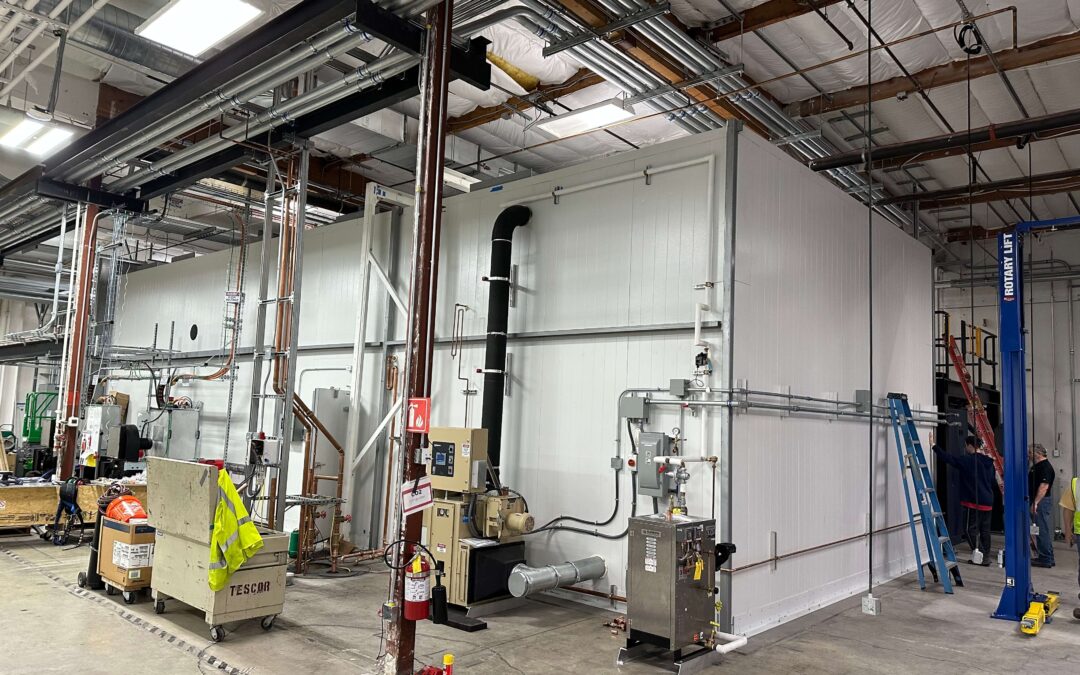New system eliminates need for full vehicle prototype during NVH brake testing due to single-axle design
USA, PLYMOUTH, Michigan (March 25, 2020) — In a groundbreaking collaboration, automotive testing pioneer Link Engineering Company (LINK) has developed a new, custom type of chassis dynamometer for a major European OEM.
LINK’s cutting-edge NVH brake testing technology operates on a single axle instead of a complete vehicle prototype, unlike any other brake dynamometer on the market. This design allows NVH and performance testing on a full axle configuration, while providing the ability to control dynamic loading in all axes, resulting in the most suitable solution for the loading unit. The unique loading unit acts as an active fixture, with flexibility for other enhancements in the future. With recent changes in the brake development cycle, there is an increased need for laboratory testing that precisely reproduces vehicle performance to enable quicker and more accurate product decisions. This new machine is one that emphasizes ingenuity and efficiency, and is possible due to LINK’s revolutionary design.
In recent years, LINK has focused on increasing internal synergies and is bringing ever-increasing innovation to the global testing marketplace. “This project is a prime example of leveraging our technology collaboration across teams, with support spanning globally. Most notably, teams from Germany and Italy rallied together to make this happen,” said Michael Schorn, outgoing Managing Director of Europe. “Our industry-leading chassis dynamometer technology, combined with decades of premier servo-dynamic and climatic testing expertise, enabled us to create this smarter, more cost-effective testing solution. Expanding our customer base further strengthens LINK’s position in the European OEM market, and aligns with our trajectory of diversifying our product portfolio globally.”
LINK sets themselves apart by possessing an unparalleled level of proficiency, allowing the company to guide their customers through the process of creating a unique and custom solution to fit their needs. Pasquale De Nunzio, Managing Director of Italy, said, “LINK’s approach was selected based on its innovative value, as this machine will play a major role in advanced vehicle systems development.” LINK’s Europe headquarters, labs, and service teams are all positioned to support and custom-tailor its products to meet the ever-growing demands of major European OEMs.
Link Engineering Company is a multinational organization dedicated to the design and manufacturing of precision test systems for the global transportation industry. Their in-house design and manufacturing capabilities range from full mechanical, electrical, and software design to fabrication, assembly, and acceptance. Headquartered in Plymouth, Michigan, near Detroit, LINK has capitalized on that strong foundation of craftsmanship for 85 years, and now operates 22 facilities in 7 countries around the globe.




